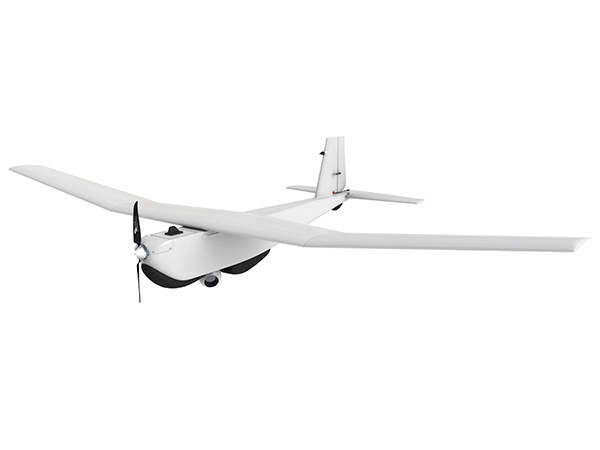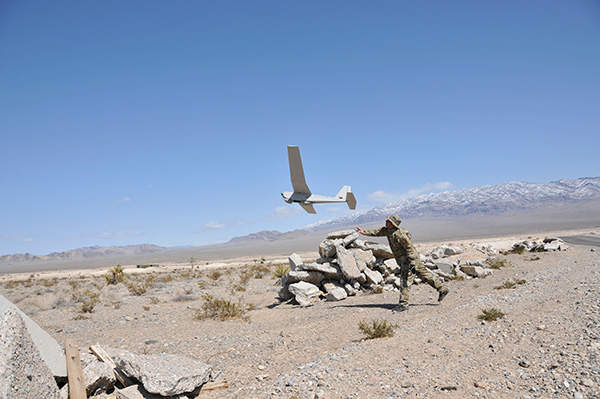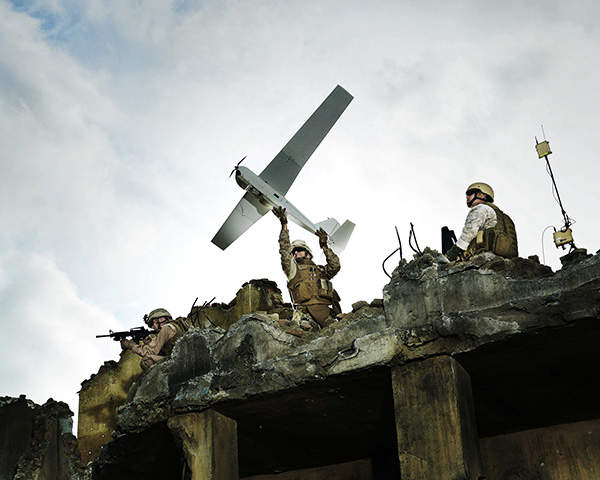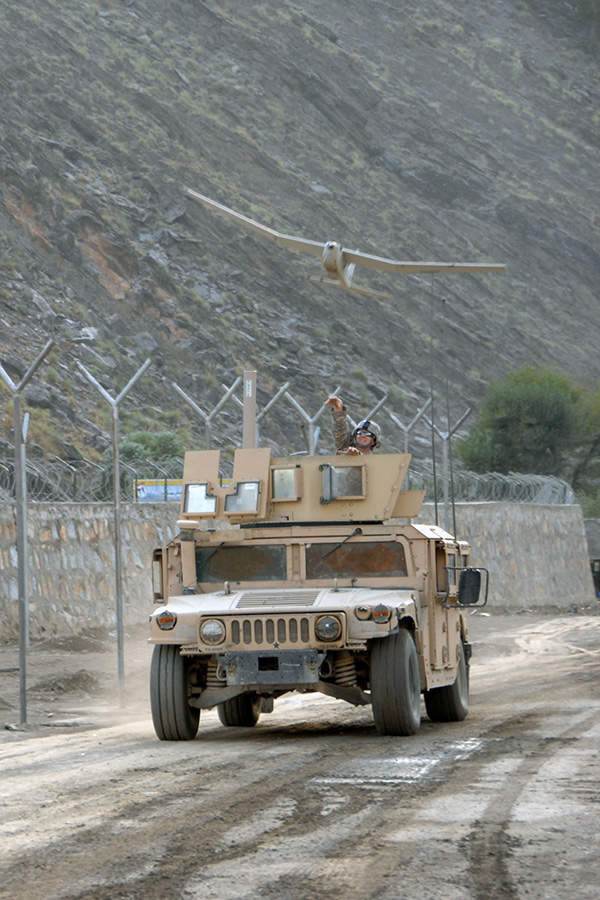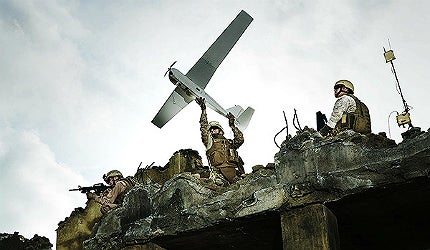
The Puma AE (All Environment) is a small unmanned aircraft system (UAS) manufactured by AeroVironment. The UAS can be deployed in land-based and maritime operations.
The Puma AE is capable of conducting intelligence, surveillance, reconnaissance and target acquisition (ISRT), battle damage assessment, maritime patrol, search and rescue and drug interdiction missions over water or land.
Orders and deliveries of AeroVironment’s UAS
In August 2010, AeroVironment was awarded a $35.3m contract by the US Department of Defence to deliver digital the Puma AE UAS, associated spares and training services.
In August 2011, the United States Special Operations Command (USSOCOM) placed a $65.5m contract with AeroVironment to deliver new digital Puma AE systems and initial spare packages.
In March 2012, the US Army signed a $20.4m contract with AeroVironment for RQ-20A Puma AE small unmanned aircraft systems to serve the US forces in Afghanistan. The US Air Force and Marine Corps also ordered Puma AE systems through an existing US Army contract.
In June 2012, the Danish Acquisition and Logistics Organization placed a $9.6m contract with AeroVironment for the supply of Puma AE systems to the Danish Armed Forces. The Swedish Defence Materiel Administration awarded a contract in the same month of 2012 for the supply of 12 air vehicles, including the Puma AE and Wasp systems.
In January 2013, the US Army awarded a $248m contract to AeroVironment and four other companies for supporting future small UAS needs through December 2017.
AeroVironment received an order from the US Army for the spare parts of Puma AE in September 2014.
Puma All Environment development
The Puma UAS was selected by the USSOCOM in 2008 for its All Environment Capable Variant (AECV) programme.
Related project
Shadow 200 RQ-7 Tactical Unmanned Aircraft System
The RQ-7 Shadow 200 is the smallest of the Shadow family of unmanned aircraft systems developed by AAI.
The selection was made through a full and open competition conducted by the US Department of Defence. The US Army took control of the programme in 2011.
The Puma system flew for more than seven continuous hours on a PTX.L fuel cell system in October 2007 and it accomplished an endurance of more than nine hours using a fuel cell battery hybrid system in March 2008.
The Puma AE was assigned the Mission Design Series designation of RQ-20A by the US Air Force in April 2012. The production and delivery of the 1,000th Puma AE UAS was achieved in the same month of that year.
AeroVironment conducted an outdoor test flight of a solar-powered prototype variant of Puma AE for over nine hours, in August 2013.
It unveiled a series of improvements to the Puma AE UAS for increased flight duration, in October 2013. The new capabilities include a precision navigation system with secondary GPS, an auxiliary payload bay, an advanced propulsion system and smart battery technology, and a redesigned fuselage for increased durability.
Puma AE UAS features
The Puma’s airframe is made of robust materials to withstand the harsh environments encountered at high altitudes. The front component of the system’s nose is fitted with a two-blade propeller.
The modular design of the aircraft allows the integration of alternative payloads to meet the requirements of specific military or civilian applications. The fully waterproof UAS is powered by battery.
The Puma AE has a length of 1.4m, a wingspan of 2.8m and a weight of 5.9kg. It is capable of performing quiet manoeuvres to avoid detection. The UAS delivers critical capabilities to the operators at a low cost in comparison with the larger manned and unmanned aircraft.
Payload of AeroVironment’s aircraft
The Puma AE carries a lightweight mechanically and digitally stabilised gimbaled payload. The payload includes an electro-optical (EO), infrared (IR) camera and IR Illuminator.
The all in one modular package is designed to deliver superior performance in harsh environments. It delivers uninterrupted video imagery of the designated area or a specific target.
Ground control station operations
The Puma AE is operated by a battle-proven Ground Control System (GCS). The UAS’s GCS serves as a common control unit for operating the Raven and Wasp unmanned vehicles.
The real-time data provided by the UAS is processed at the GCS. The station displays real-time videos and images captured by the payload cameras. It can also replay videos for target evaluation and transfer videos as well as information to the operations network.
Performance of the Puma AE UAS
The Puma AE is a man portable system requiring no auxiliary equipment for launch or recovery operations. The hand-launched system can be recovered through autonomous or manual deep-stall landing methods.
The system can be used aboard the naval vessels without making any modifications. This feature makes the Puma AE an ideal UAS for integration into maritime operations.
The Puma AE can fly at a maximum altitude of 500ft and has a maximum speed of 83km/h and range of 15km. The flight endurance of the UAS is two hours.
Global Unmanned Aerial Vehicles (UAV) Market 2011-2021
This project forms part of our recent analysis and forecasts of the global unmanned aerial vehicles (UAV) market available from our business information platform Strategic Defence Intelligence. For more information click here or contact us: EMEA: +44 20 7936 6783; Americas: +1 415 439 4914; Asia Pacific: +61 2 9947 9709 or via email.

